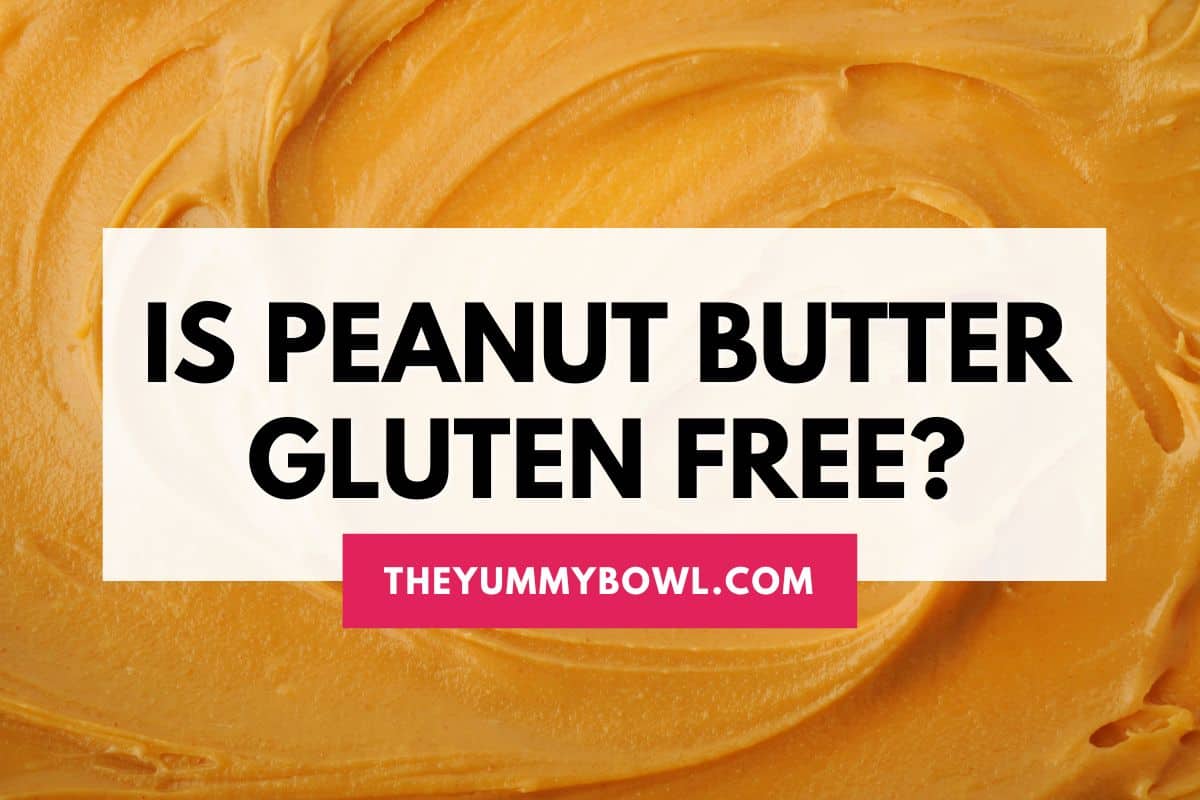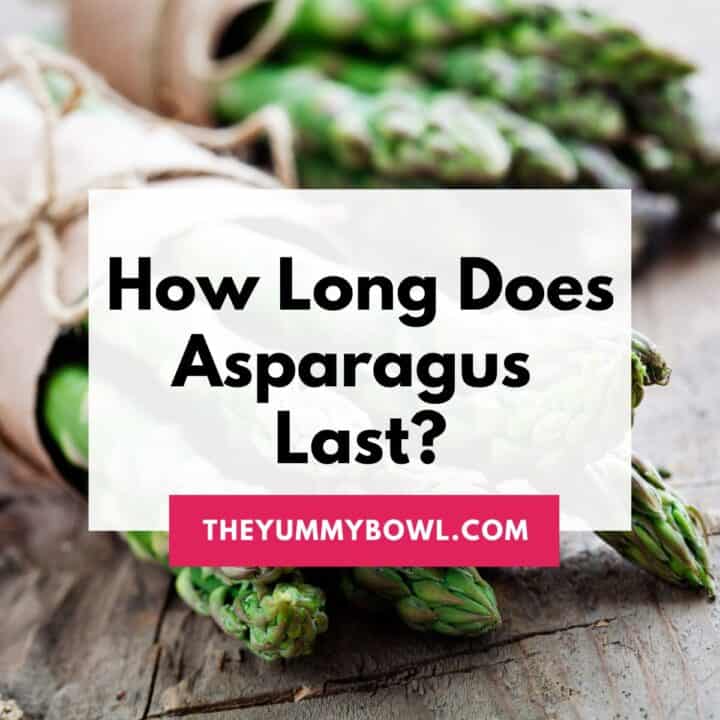Peanut butter has become a pantry staple for many households in the United States and around the world too! It’s perfect as a spread, topping, sauce, dressing, or as an ingredient for savory and sweet dishes.
With the rise of gluten sensitivity, many people are starting to ask whether peanut butter products contain potential gluten-containing ingredients. Let's find out, read on!

Jump To
Is Peanut Butter Gluten Free?
Yes, organic peanut butter in its natural form doesn't contain gluten. It should only have peanuts and maybe some salt and water. The problem arises when other gluten ingredients are added to the pure peanut butter.
Some of these additional ingredients may contain gluten, which is why it’s so important to always read the information on the packaging of store-bought peanut butter.
You may also need to check whether your gluten-free peanut butter has been manufactured or stored in a facility housing other gluten-based foods.
- Further Reading: Nut-Free Alternatives For Peanut Butter
What is Peanut Butter?
Depending on the consistency of a brand of peanut butter, it can be considered a paste or spread that is made from roasted peanuts.
Different types of commercial peanut butter will also contain additional ingredients such as sugar, salt, and preservatives.
Types Of Peanut Butter
Peanut butter comes in many forms - crunchy peanut butter or smooth, salted or unsalted, and of course, there’s also natural peanut butter which doesn’t contain extra ingredients such as sugar or preservatives.
Natural peanut butter has a shorter shelf life and requires a good stir before use as the peanut oil from the ground peanuts separates and settles on the top.
Some brands of peanut butter even include flavorings such as vanilla, honey, and cinnamon.
When it comes to selecting the best type of peanut butter for gluten sensitivities, choosing a brand with fewer ingredients is often a sure way to eliminate issues. Also, making your own homemade peanut butter is an excellent way to be sure about the ingredients.
- Further Reading: Sunflower Butter vs Peanut Butter

Cross-Contamination
Cross-contamination can occur when gluten-free peanut butter comes into contact with traces of gluten from other foods. A good example of this is in a manufacturing process or storage facility where equipment and surfaces are not adequately cleaned or separated for purposes of keeping gluten-based products away from gluten-free products.
While it’s good if the brand of peanut butter states that it’s gluten-free, it’s even better if it’s got a certified gluten-free label, meaning that the manufacturer has employed a very strict process to prevent cross-contamination. There is confusion about food labeling, but in general, when a product has some sort of gluten-free labeling, it is safer to consume than a products without any labeling.
Products can only be certified gluten-free if they contain less than 10 ppm (parts per million) of gluten. Those with celiac disease can tolerate up to 10 ppm gluten per day without intestinal damage.
How To Choose Gluten Free Peanut Butter
Start with reading the label of every jar of peanut butter! Some brands of nut butters will say “gluten-free” and others will say “certified gluten-free”. The latter is a safer option for those with more serious food allergies or those with diagnosed celiac disease.
Apart from checking the labels, go a step further and inspect the ingredients list on the peanut butter bottle. If you can’t pronounce some of the ingredients, stay clear - there are possibly ingredients that contain gluten.
It’s also a good idea to search for gluten-free brands of peanut butter on company websites and verify this for yourself. These companies have a legal obligation to keep their information up to date and accessible to the public, so don’t rely solely on outdated blog posts that list gluten-free peanut butter brands...
Ways To Use Peanut Butter
Peanut butter is commonly used as a spread for toast and sandwiches, but it’s also added as an ingredient in milkshakes, baked treats, frosting, smoothies, ice cream, fudge, no-bake snacks, salad dressings and sauces, and desserts (baked and no-bake).
Tips For Avoiding Gluten
- Choosing certified gluten-free peanut butter and products will make your shopping easier, especially if you are new to transitioning to a gluten-free diet. Rather be safe than sorry. The certified gluten-free products will likely be more expensive, but it’s worth it.
- Learn how to make your own nut butters, spreads, and sauces. Homemade may not have a long shelf life but it may turn out cheaper and you'll know exactly what are the ingredients.
- Learn to cook your meals and bake your treats from scratch instead of relying on ready-made versions from your local grocery store. This way, you have greater control of the ingredients used.
- Become familiar with the different names given to gluten-containing foods. This is particularly important when it comes to wheat.
- Look out for additives on the label of the foods bought. Gluten can be hidden in more things than we can assume. Check out this confusing ingredient guide from the National Celiac Association.
- Further Reading: How To Freeze Peanut Butter
FAQs
Yes, you can as long as you have checked the ingredient list for that specific peanut butter and it only contains gluten-free ingredients.
Peanut butter won’t be gluten-free in instances where it contains certain additives that are gluten-based or if the peanut butter has a high risk of cross-contamination by being stored or manufactured in a facility alongside other gluten-based products.
No. Peanuts are naturally gluten-free.
You Might Also Like
I would appreciate it so much if you left a comment about this recipe below! Subscribe to join the TYB newsletter and receive free recipes straight to your inbox! Let's connect via Facebook, IG & Pinterest!








Julia | The Yummy Bowl
Hope you find this guide helpful! What brand of peanut butter do you use?